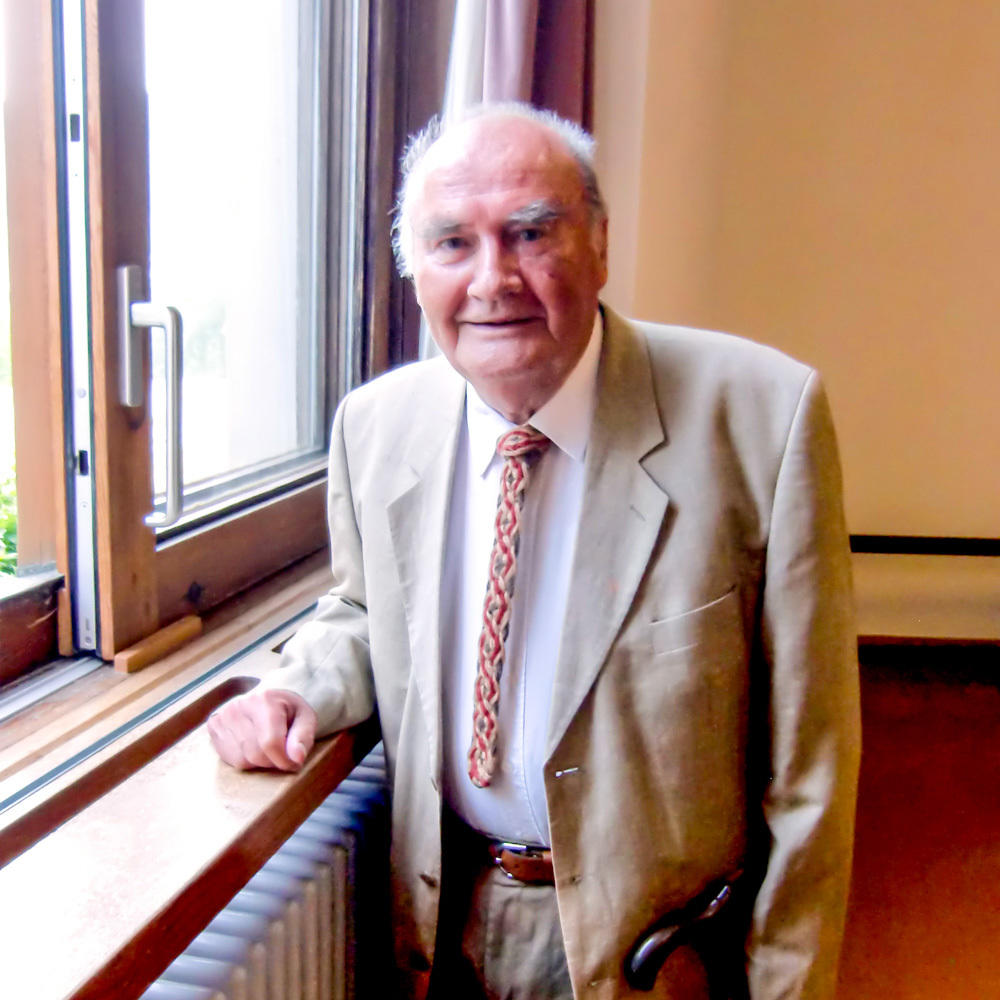Heiner Ruland Day
On 7 September the third Heiner Ruland Day was celebrated, this time at the Goetheanum, in an event organized by the Swiss Association for Music in Extended Tonality.
The work of Heiner Ruland (1934–2017) is cultivated in many places. From the 1960s, the instrumentalist, composer, teacher, therapist, writer and lecturer devoted himself wholly to the study of the innovative Schlesinger Scales, exploring ways of making them fertile for contemporary music.
Aside from the premiere of works by Oskar Peter and Johann Sonnleitner, the main focus of this day was on instrument making and singing. Attendants could listen to a new basset horn designed by Peter Kraul, with which it is possible to play a whole range of intermediate tones thanks to newly developed hole-boring techniques and valve mechanisms. The sound is lucid but subdued, particularly in the ‹in-between tones’ that are achieved by special fingering combinations. Another new instrument was an alto lyre with 24 strings per octave (and a correspondingly smaller tonal range). It was presented by Christian Ziller. He and Peter Kraul even went as far as developing a new technique for playing their instrument.
The singers Claudia Nicolai, Meret Roth, Atsuko Murata, Heinz Bähler and Moritz Achermann performed songs by Heiner Ruland, some of which were more like folk tunes while others were derived from the extended tonalities. We heard, for instance, five verses from Rudolf Steiner’s Soul Calendar, set to music for a trio, in which word and tone came together in deep unity. Or the cantata «For the Earth is Being» for baritone, choir and instruments. The way the music soared up as it expressed humanity’s and the world’s Christ-induced renewal was among the most deeply stirring moments of this event.

